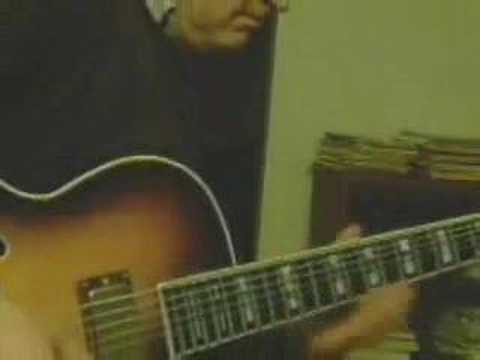Description
What is it about really good jazz playing that makes standards sound lyrical, fresh, and interesting? I have found that having very strong basic intrumental skills is essential. I'm referring to excellent tone production, rock solid time, awareness of swing, digital independence and fluency (left hand), adequate right hand coordination and strong aural "visualising" of chord changes. The playing should sound effortless, and this takes time and repetition.
But how about the material itself? The good jazz players not only know the melody and the changes thoroughly, they know what progressions can be added in between the regular changes to create interest and drama. These embellishments (or choices) are as vital to the improvising as they are to the comping or chord soloing. Sometimes a new chord, or chords, replaces the original one. However, our emphasis will not primarily be "far out re-harm's" but rather "really getting the tune happening." Harmony books and chord scales are a help, but songs are what we play.
In thirty years of professional playing I have performed many standard tunes with accomplished players. The ideas that I will share with you are definitely "field tested;" they are derived from extensive listening to the best pianists, guitarists and orchestrators as well as my own creative experimenting. The purpose of this class is to heighten your musical qualities and creativity.
View clip from this class
Getting Creative With Standard Tunes Class Content | Jon Wheatley
What is it about really good jazz playing that makes standards sound lyrical, fresh, and interesting? I have found that having very strong basic intrumental skills is essential. I’m referring to excellent tone production, rock solid time, awareness of swing, digital independence and fluency (left hand), adequate right hand coordination and strong aural “visualising” of chord changes. The playing should sound effortless, and this takes time and repetition.
But how about the material itself? The good jazz players not only know the melody and the changes thoroughly, they know what progressions can be added in between the regular changes to create interest and drama. These embellishments (or choices) are as vital to the improvising as they are to the comping or chord soloing. Sometimes a new chord, or chords, replaces the original one. However, our emphasis will not primarily be “far out re-harm’s” but rather “really getting the tune happening.” Harmony books and chord scales are a help, but songs are what we play.
In thirty years of professional playing I have performed many standard tunes with accomplished players. The ideas that I will share with you are definitely “field tested;” they are derived from extensive listening to the best pianists, guitarists and orchestrators as well as my own creative experimenting. The purpose of this class is to heighten your musical qualities and creativity.
- 5 Standard Notation Songs Including:
- “It’s You or No-One”
- “Move”
- “It Could Happen to You”
- “I’ll Remember April”
- “There is No Greater Love” [Comping]
- “Manhã de Carnaval” Arranged by Jon Wheatley
| Getting Creative With Standard Tunes | |||
| Getting Creative With Standard Tunes | 01:10:00 | ||


